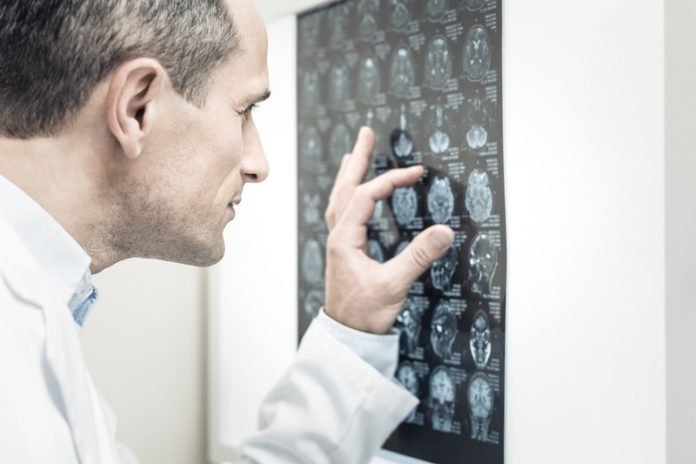
Imagine if we could predict who will get Alzheimer’s disease before it even starts to show symptoms.
Alzheimer’s is a disease that affects a person’s mind, making it hard for them to remember things, think clearly, and take care of themselves.
It’s a big problem around the world, and in just a few years, we will spend over $1 trillion caring for people who have Alzheimer’s.
But it’s not just about the money. People with Alzheimer’s, and those who take care of them, face many challenges. They often struggle with money issues, physical health problems, and emotional stress.
For many years, scientists have been trying to find ways to stop Alzheimer’s from happening. But so far, they haven’t had much luck.
Some people think this is because we’re not trying out new drugs and treatments early enough in the disease.
A New Approach to Early Detection
To change this, a group of researchers from Boston University have come up with a new way to figure out who’s at risk of getting Alzheimer’s.
They’ve created a computer program that can help identify these people early on, when there’s still a chance to slow down or even stop the disease.
The main person behind this work is Dr. Vijaya B. Kolachalama. He’s a professor at Boston University’s School of Medicine.
According to him, understanding who’s at risk of getting Alzheimer’s could help us find ways to help these people before the disease gets worse.
How it Works
To do this, Dr. Kolachalama and his team looked at data from two big studies on Alzheimer’s disease.
They grouped people who had some memory problems but didn’t have Alzheimer’s yet. They did this based on the levels of a certain protein in their brain fluid.
They then studied these groups to see which people were more likely to get Alzheimer’s. They compared their findings with what other experts had said.
They also used their computer program to predict who would get Alzheimer’s and when. They checked their predictions with biological data and confirmed their results with information gathered after a person had passed away.
What they found was interesting. Their computer program pointed to certain areas in the brain that are known to be involved in Alzheimer’s.
This means that their program was picking up on the right clues to predict the disease.
Combining Technology and Medicine
This work is a big deal because it’s a new way to understand and predict Alzheimer’s. It combines computer science and neurology, two very different fields.
The researchers used simple and non-invasive methods, like MRI scans, which are easily available. They also used a clever way to make their computer program explain its decisions.
This made it easy to understand why the program was making certain predictions.
According to the team, this could help us understand who is at risk of Alzheimer’s. And this could help us find ways to help these people before it’s too late.
This exciting work has been published in a scientific journal called iScience. And it could pave the way for new and improved treatments for Alzheimer’s in the future.
If you care about brain health, please read studies about vitamin D deficiency linked to Alzheimer’s and vascular dementia, and blood pressure problem at night may increase Alzheimer’s risk.
For more information about brain health, please see recent studies about antioxidants that could help reduce dementia risk, and epilepsy drug may help treat Alzheimer’s disease.
The study was published in iScience.
Follow us on Twitter for more articles about this topic.
Copyright © 2023 Knowridge Science Report. All rights reserved.



